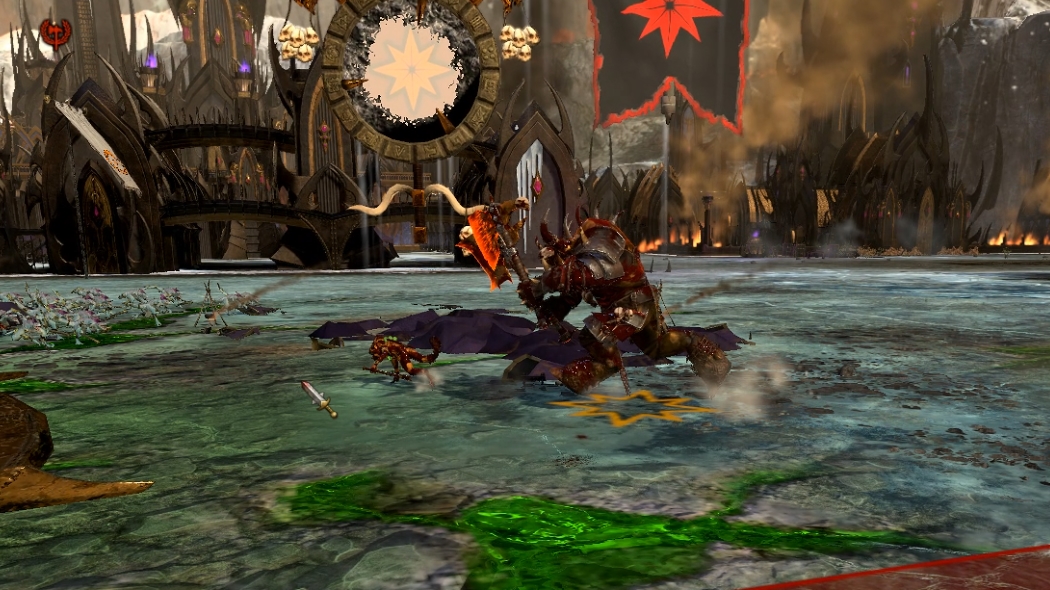
I suggest prioritizing the Shamanic Challenges chain if you want the Dread gains (faction-wide) and Winds of Magic reserves (all Bloodgrounds).īefore we discuss Bloodgrounds, let’s talk a little bit about Special Herdstones.

Most regions will only limit you to a main Herdstone building and two support buildings (unless there’s also a port that takes up a different slot). Winds of Malady – Reduced local enemy campaign movement, causes enemies to become winded in battle, and adds a chance for a plague to break out (it won’t affect Beastmen, Norscans, and Warriors of Chaos).Rucking Pits – Siege tower construction, extra ammunition, enemy reload time increase, and reduced enemy missile damage.Shamanic Challenges – Winds of Magic reserves, line-of-sight, and Dread gains.Carrion Offerings – Casualty replenishment, Chaos corruption, and horde recruitment capacity.There are also four support building chains that give extra boons and garrisoned units: Likewise, you’ll receive better garrison troops to defend the Herdstone itself. The main Herdstone building chain helps with local army movement, ambushing, and horde recruitment capacity. Then, once you capture a settlement, one of the options that’ll be presented is “Raise Herdstone.” If you choose this, the area becomes a mini-settlement of sorts.Ī Herdstone creates a Bloodground (more on this later), but it also allows you to construct a few buildings. When you begin your Total War: Warhammer II campaign as the Beastmen, you’ll automatically have one Herdstone resource.

This time, we’ll talk about the key mechanics for campaign progression such as Herdstones, Bloodgrounds, and more. Total War: Warhammer II – Beastmen rework key progression mechanics


 0 kommentar(er)
0 kommentar(er)
